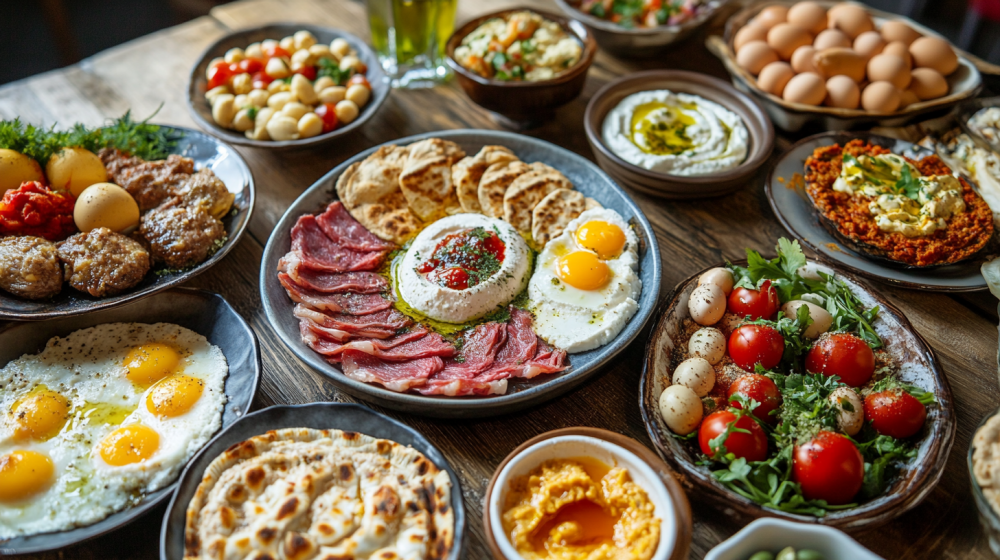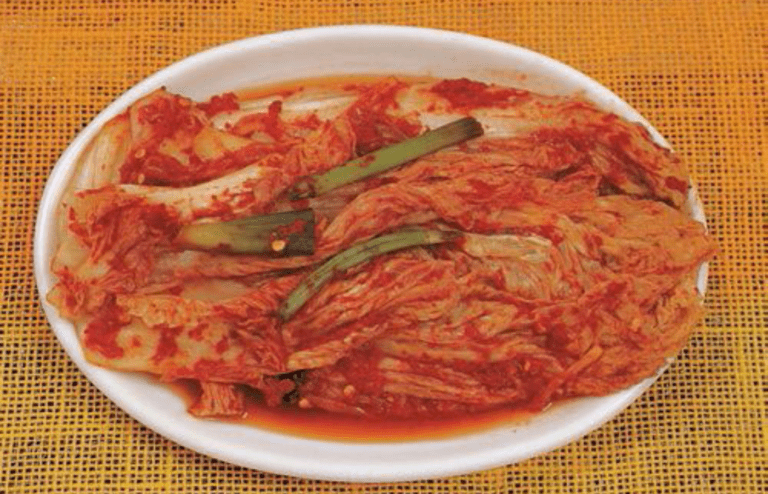Everyone needs protein in their diet. Protein plays a crucial role in various bodily functions, is a building block for tissues and organs, and aids in maintaining muscle. Here are 30 ways to get more protein into their diet.
30. Add Greek Yogurt
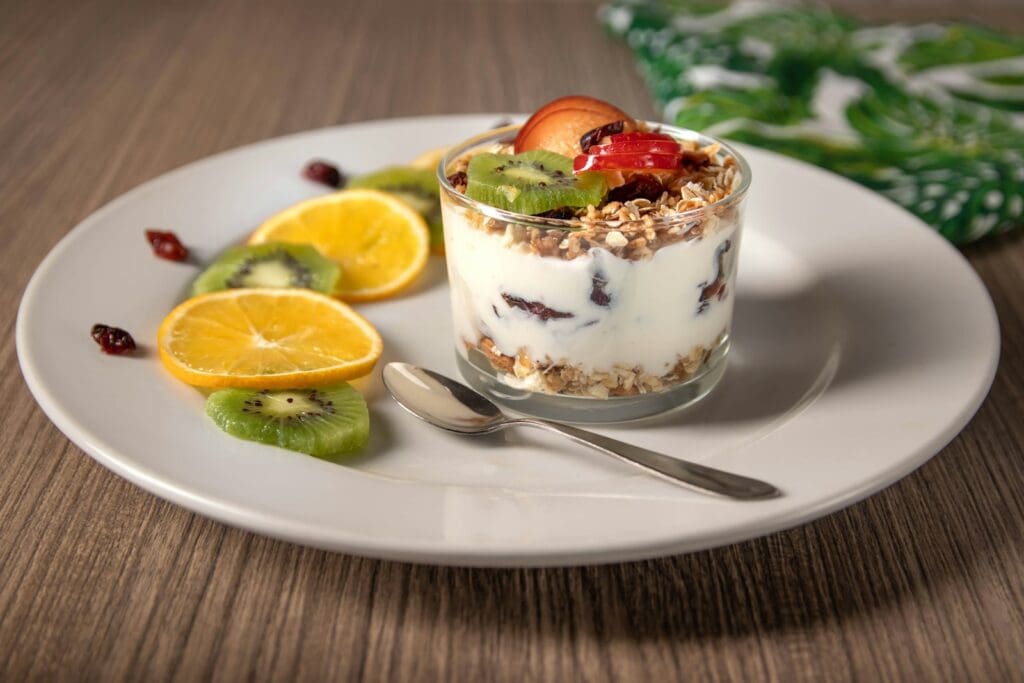
A single serving of Greek yogurt can add around 18 grams of protein. It can be eaten alone, with fruit, cereal, or in and on top of other entrées or side dishes. Substitute it for sour cream as a side or a main ingredient. Add a handful of nuts to your Greek yogurt to add four more grams of protein.
29. A Serving of Meat With Every Meal
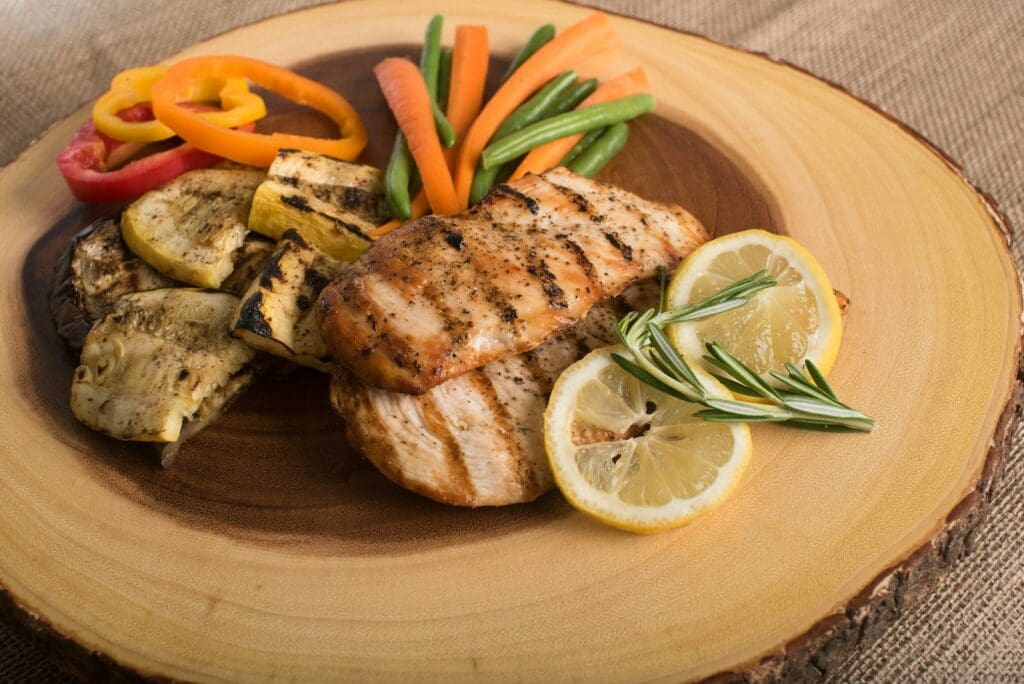
Nutritionists say you should consume at least 20-30 grams of protein every three hours or so. This is roughly 3 ounces of meat, a portion about the size of your fist. Cook portions of lean protein, such as boneless/skinless chicken breast or fish, and refrigerate for meals in advance. Grill or broil to limit added fats.
28. Keep Nuts Handy
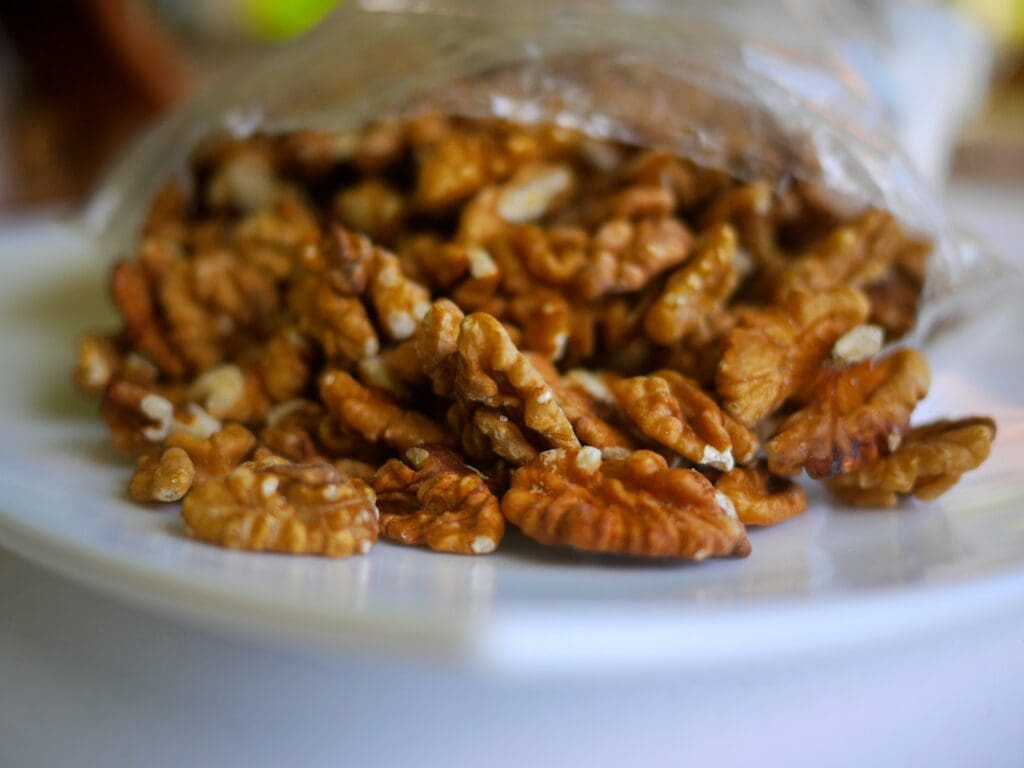
A variety of nuts, such as almonds or walnuts, are good to keep handy as sources of protein. Add to foods or eat as a snack. Nuts are easy to take with you in a Ziploc bag. Keep in mind that nuts can be high in fats, so don’t over-consume. Choose plain nuts over salted and flavored varieties. Nuts also have many essential nutrients.
27. Add Beans
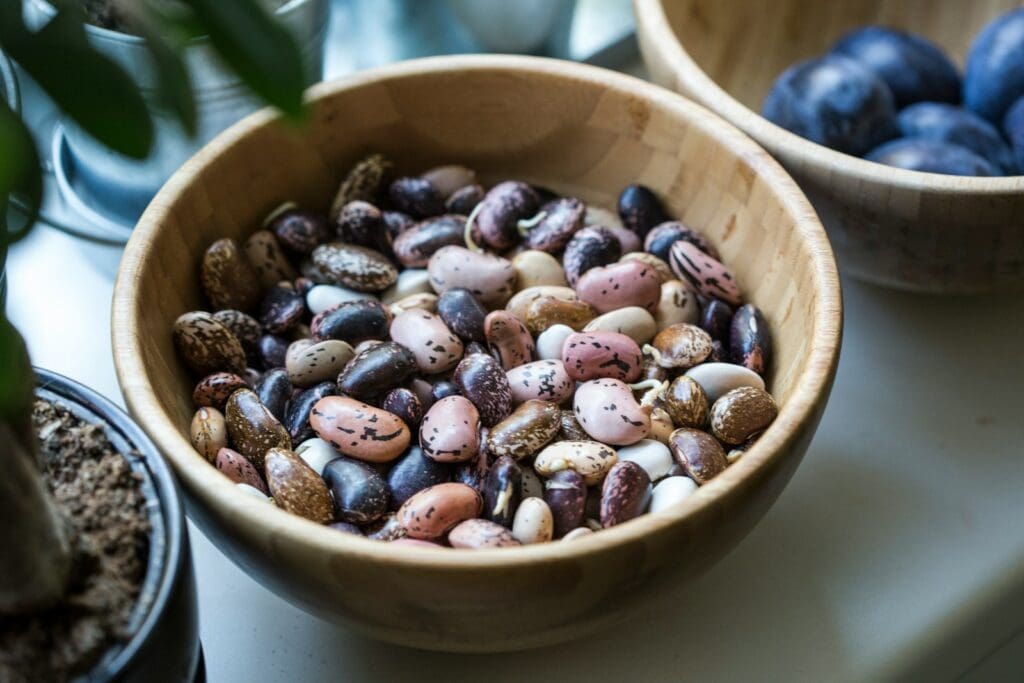
Beans are an important food for their rich fiber, protein, and other nutrients. There’s a great variety of beans to choose from, such as white beans, kidney, black, green, wax (yellow), garbanzo, lima, lentils, and more. Beans can be eaten as a side or added to soups, stews, salads, pastas, and more. Beans average 15 grams of protein per cup.
26. Substitute Quinoa for Rice or Pasta
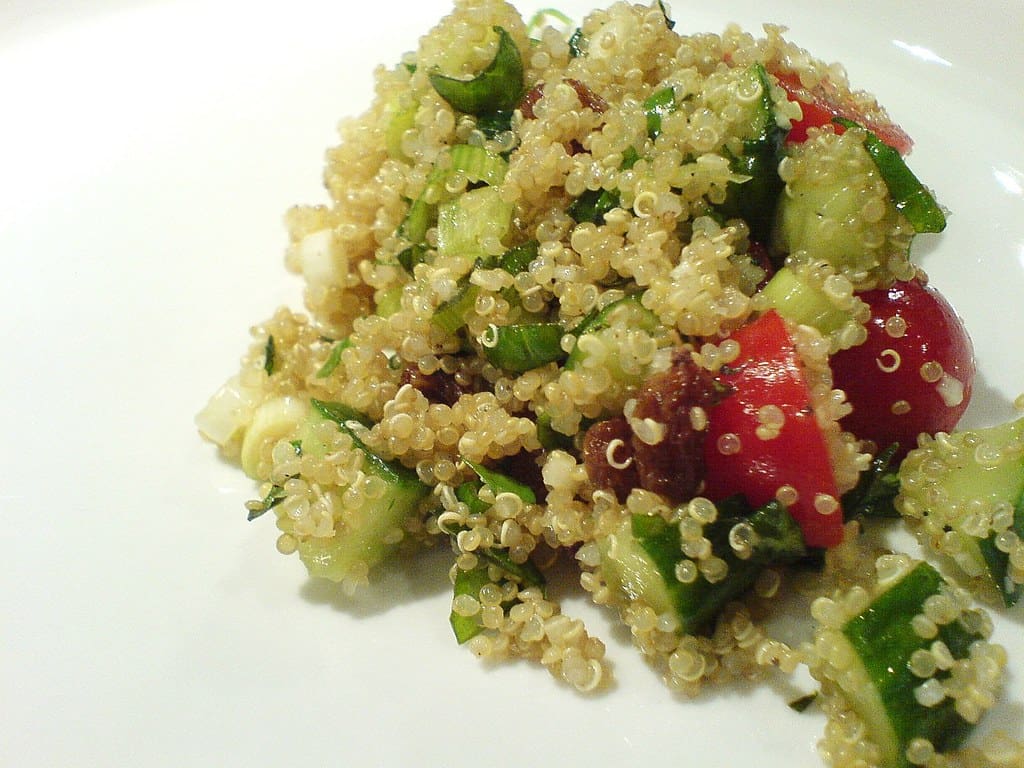
If you’re looking for a texture similar to rice or pasta as a filler, consider quinoa instead. Quinoa is a seed that contains all the essential amino acids humans need. Quinoa provides roughly 8 grams of protein per cup. You can even add it to muffins or pancakes for extra nutritional value. Add it to soups, salads, and more.
25. Eat More Hard-Boiled Eggs
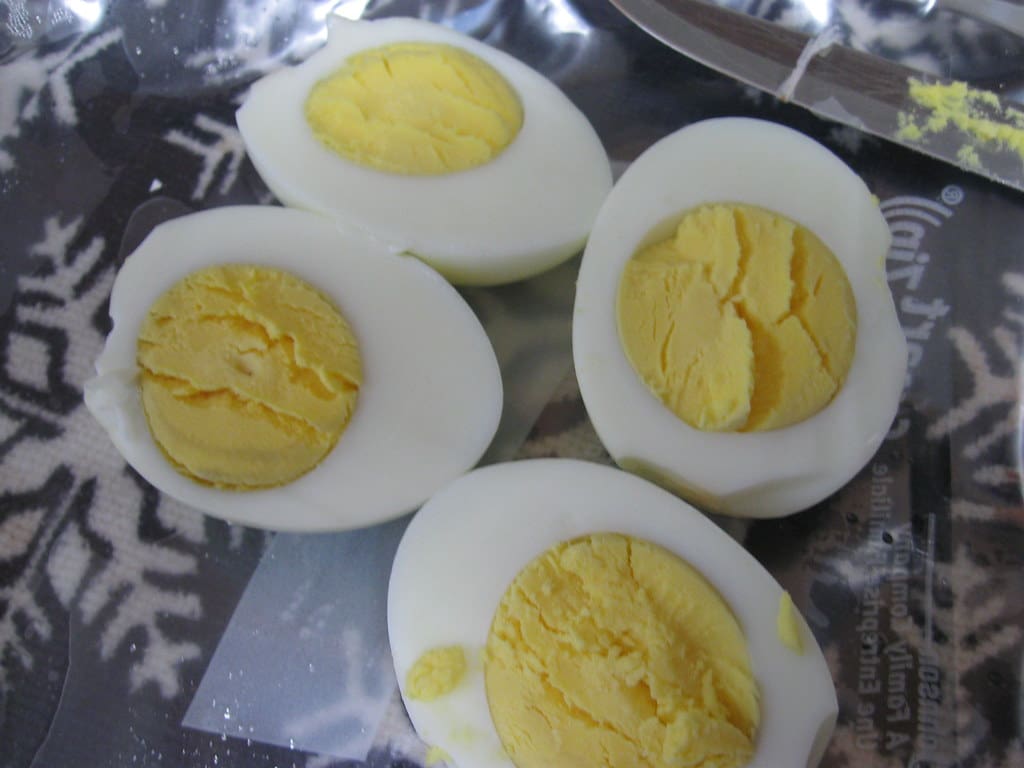
One hard-boiled provides about six grams of protein. Eggs are also one of the best foods for brain health. This superfood is easy to create in a batch that you can refrigerate and eat throughout the week. Hard-boiled eggs make great snacks, side dishes, or additives to salads. They are easy to take with you.
24. Peanut Butter or Hummus Snacks
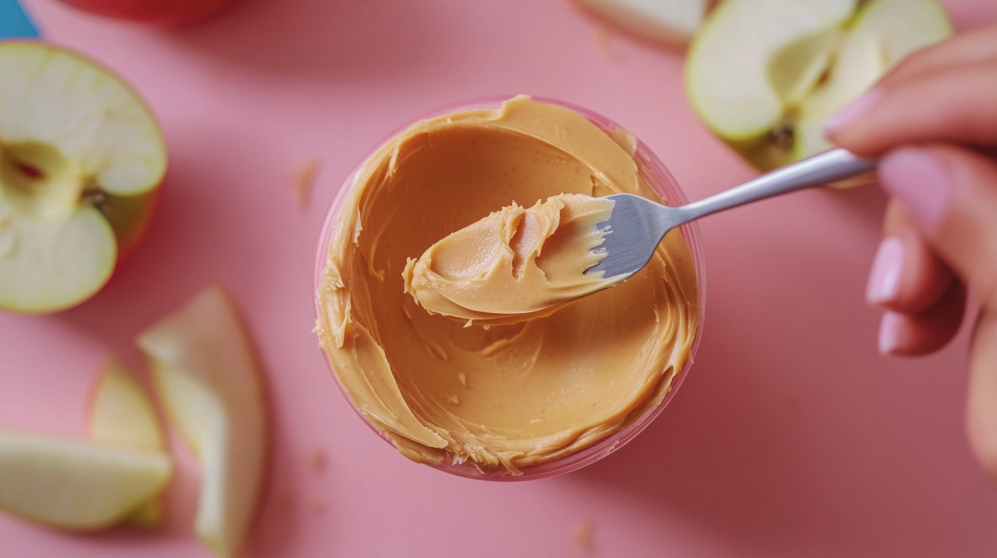
The old-school snacks of peanut butter over celery sticks or peanut butter on a banana are great ways to get in more protein. Two tablespoons of natural peanut butter will give you 8 grams of protein. For those with nut allergies, substitute hummus. For a little extra protein, top each celery stick with four raisins.
23. Add Seeds to Your Diet
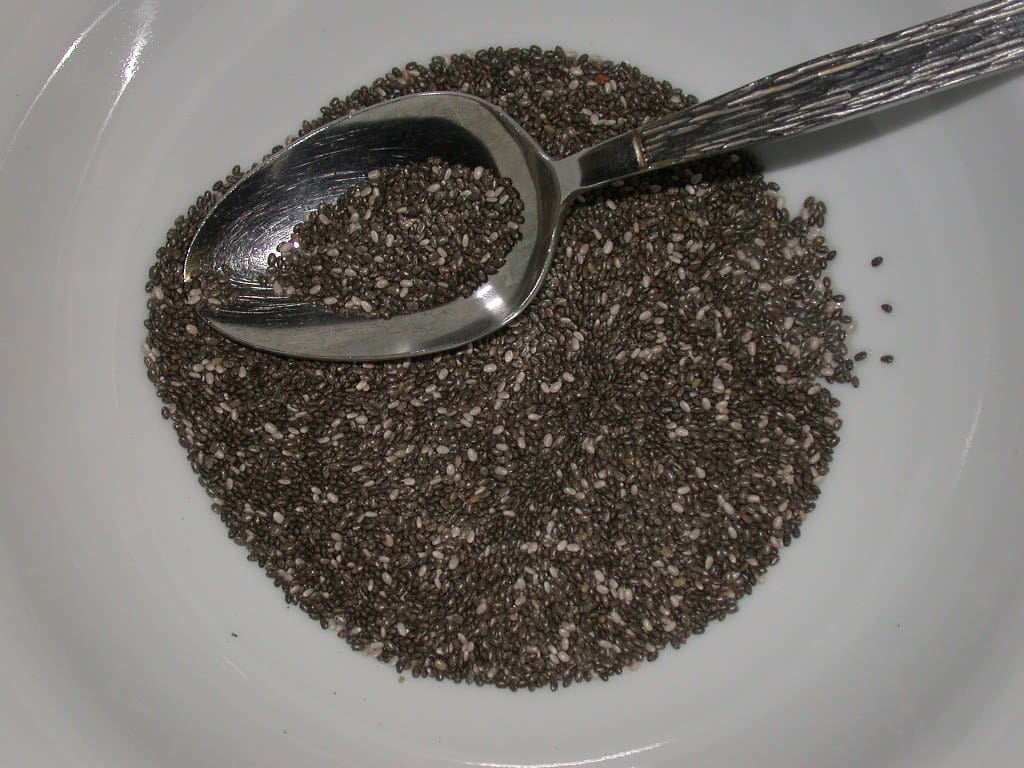
Seeds are a great way to not only consume more protein but also add important nutrients to your diet. Seeds can be added to cereal, oatmeal, yogurt, salads, or smoothies. Some of the best seeds to incorporate are flaxseed, hemp, or Chia. Two tablespoons of seed will add roughly 3.5 to 6 grams of protein.
22. Eat More Peas
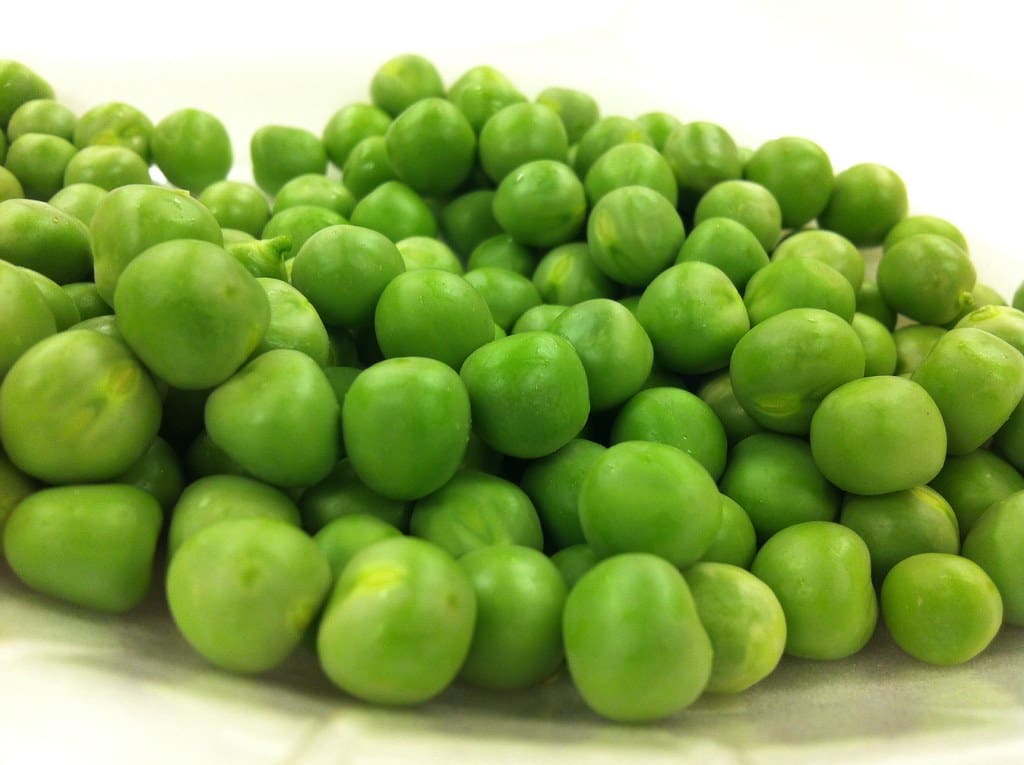
One cup of peas contains eight grams of protein, and a typical serving will supply you with 5.42 grams. These can be eaten as a side dish or added to salads, soups, and other main dishes. For a super protein dish, try a tuna casserole with peas. Raw peas snapped from the pod make a healthy snack.
21. Try Edamame
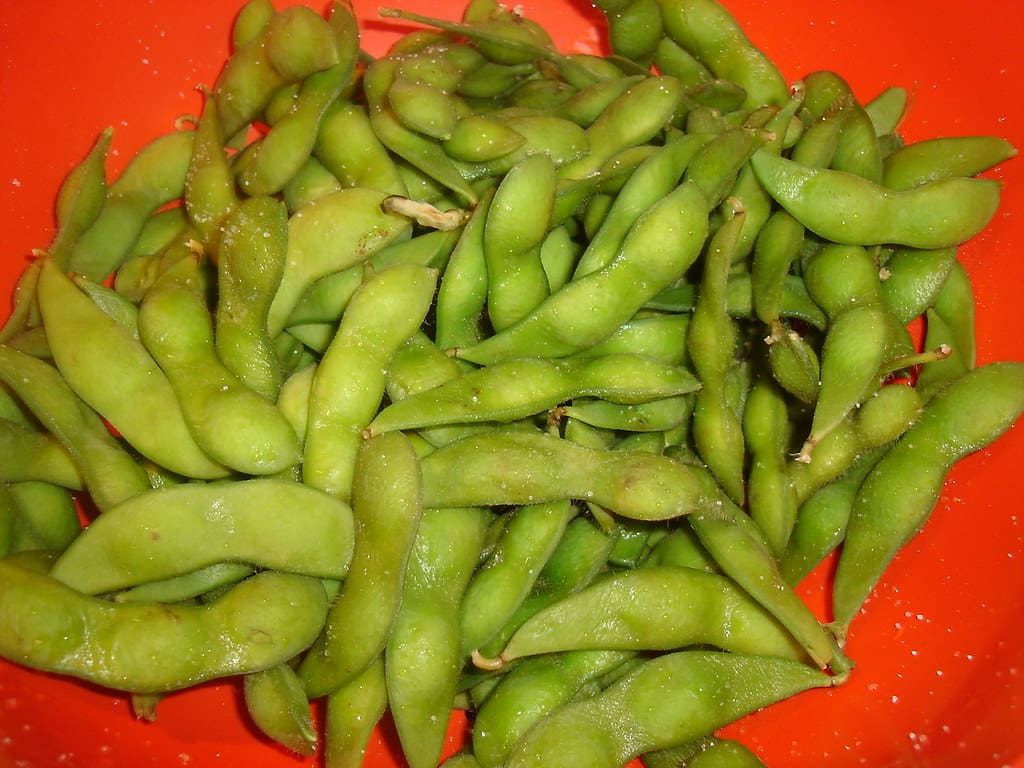
You’ve probably seen edamame at your favorite sushi restaurant. This Japanese dish is prepared with immature soybeans in the pod that are boiled or steamed. Edamame is rich in vitamins, fiber, and protein. One-half cup contains about 9 grams of protein. It’s also rich in brain-boosting omega-3 fatty acids. CVS sells edamame roasted and salted in snack bags.
20. Try Coffee-Flavored Protein
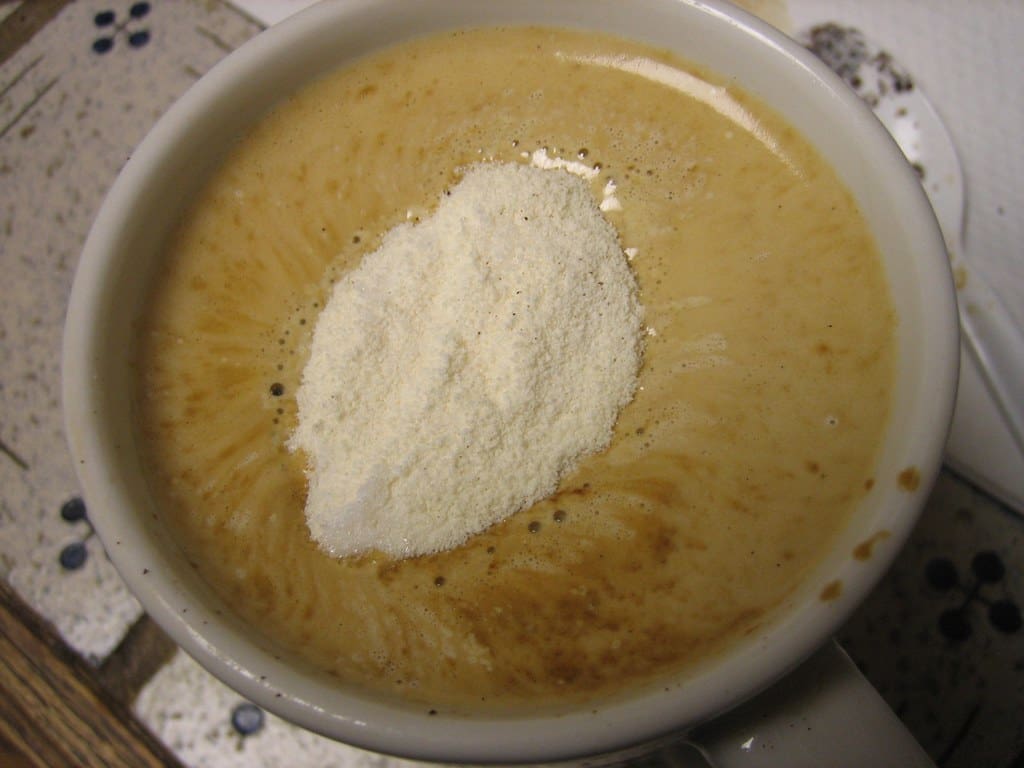
There are a plethora of coffee-flavored protein powders, liquids, mixes, ready-made coffee-protein drinks, and hot and cold varieties on the market. There are protein coffee creamers as well. These allow you to add a little protein to your energy boost, but unlike traditional coffee, these sustain energy levels.
19. Beat Sweets Cravings with Protein Substitutes
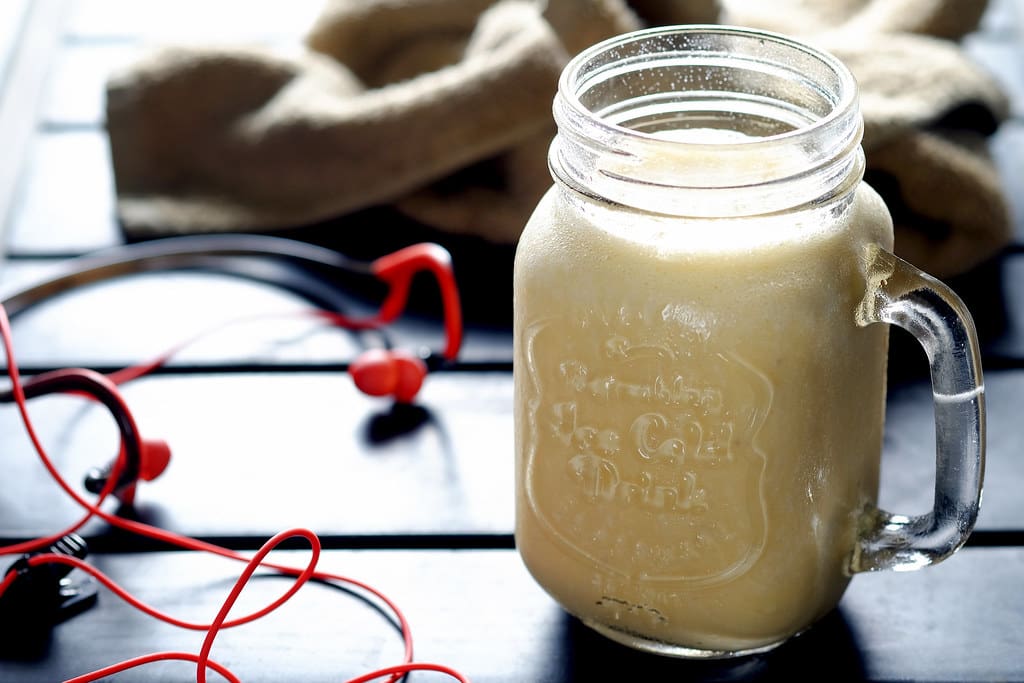
Craving an ice cream or milkshake? Have a protein shake instead. Or take chocolate almond milk, add some whey protein, and freeze it into cubes. Low-fat, low/no sugar alternatives that contain protein and chocolate flavoring can help curb your sweets cravings while adding some extra protein to your diet. Protein will also help you feel fuller.
18. Make Protein Pancakes
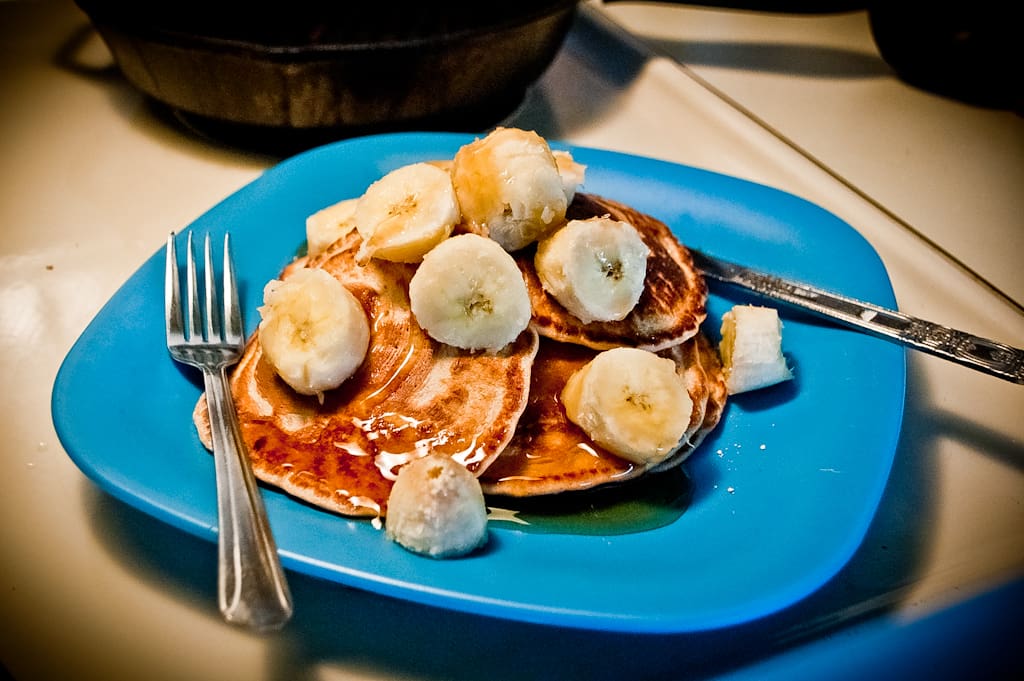
Traditional pancakes are carbohydrate overload. Instead, you can make healthy pancakes with protein. You can easily find recipes online. Healthy versions contain oat flour, egg whites, and protein powder. Plus, because the protein helps you feel fuller, you can eat less. On average, you can gain 30-40 extra grams of protein.
17. Protein Snack Bars for Travel
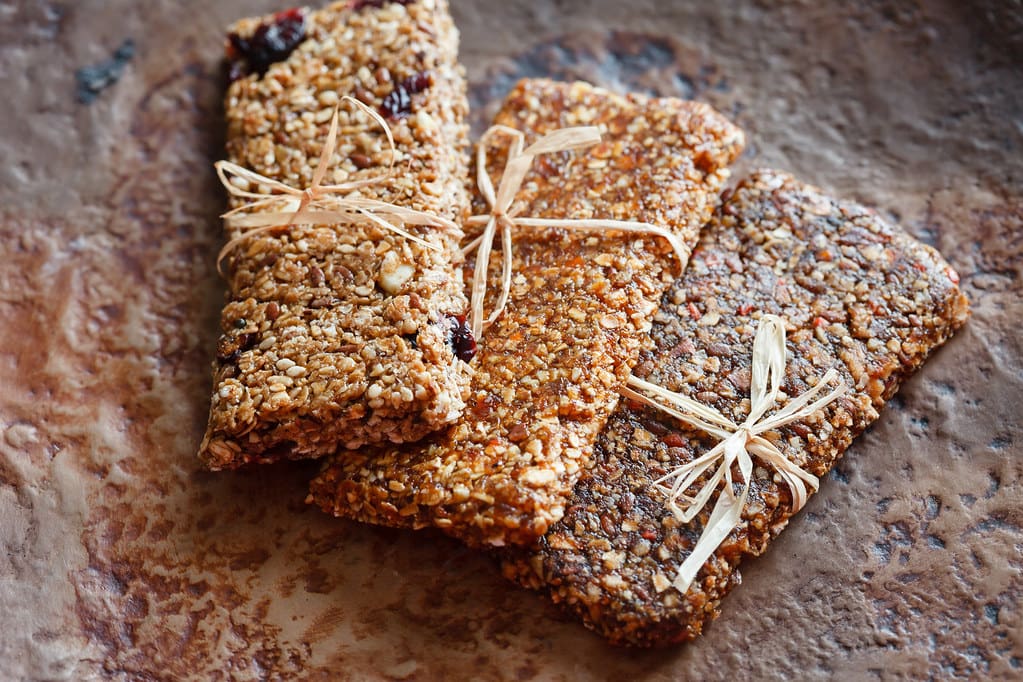
Getting protein on the go can be a problem. The last thing you want to do is hit the drive-thru for protein because it comes loaded with unhealthy fats. Instead, keep protein-packed bars in your glove compartment or travel bag. That way, you’ll always have some healthy protein handy when you need to refuel while traveling.
16. Add Protein and Fiber to Your Baked Goods
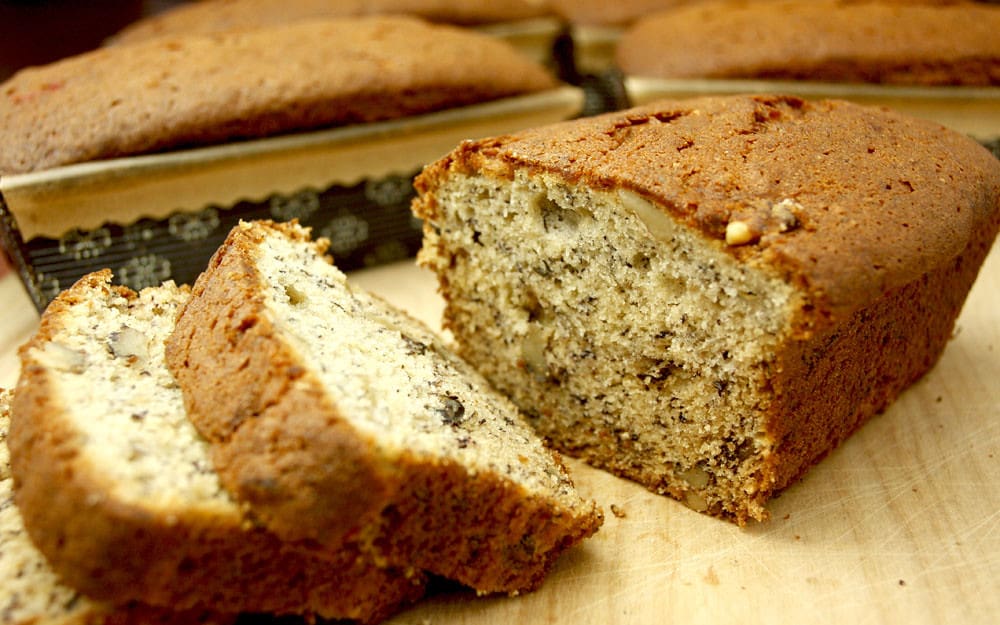
Another way to get more protein and fiber into your diet is to add them to your baked goods. For example, you can add them to your favorite recipes for banana bread, muffins, or cookies. Purée or mash some black or white beans or chickpeas. They’ll blend seamlessly and create a sweet treat that’s much healthier.
15. Make a Hummus Dip and Vegetable Tray
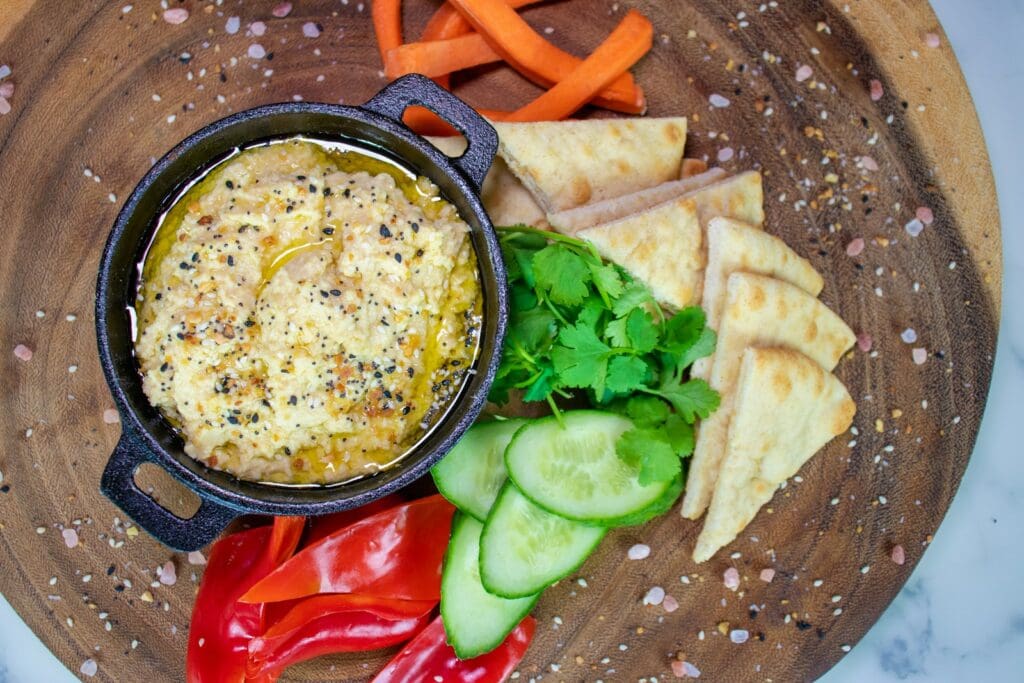
Many people love a crunchy snack when they’re watching TV, a game, or a movie. But avoid the chips and traditional dips. Instead, prepare a vegetable tray with celery, zucchini, carrots, and bell peppers into strips. Use a hummus dip blended with tahini. This will provide a better quality protein. You can also use broccoli and cauliflower.
14. Red Lentils for a Protein Boost
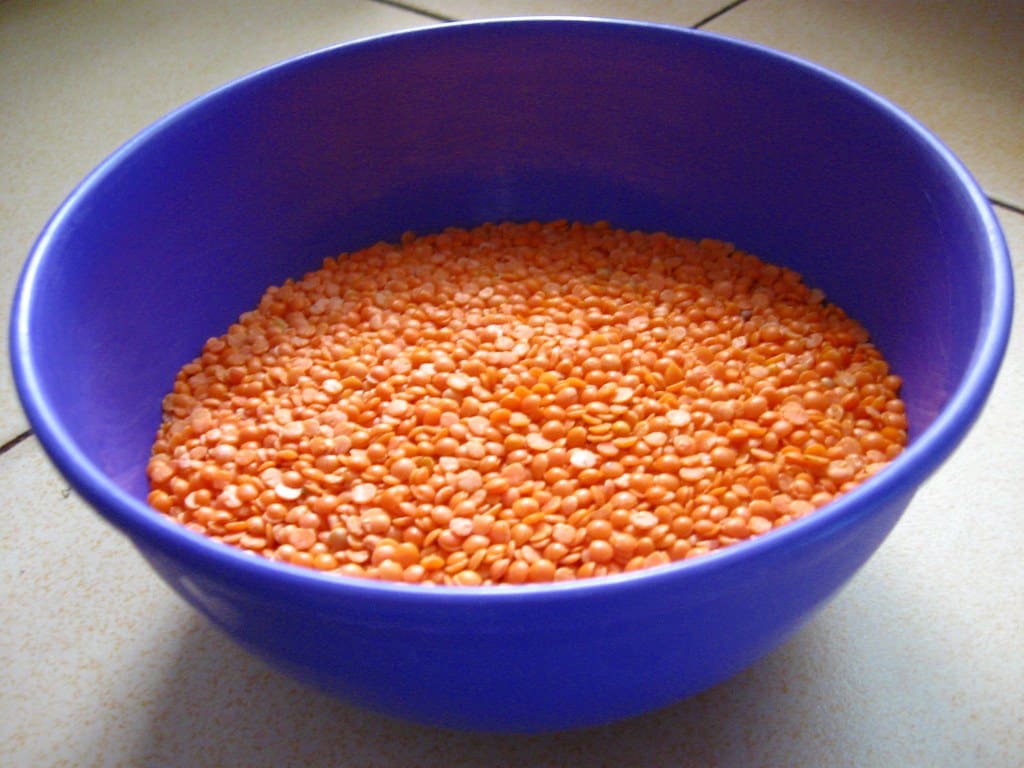
Each teaspoon of boiled red lentils provides 1.1 grams per tablespoon and 18 grams in a cup. Add red lentils to your soups, stews, and curries for extra protein and fiber. You can boil lentils in around 15 to 25 minutes. They will enhance almost any soup without contrasting its flavor.
13. Make Your Own Trail Mix
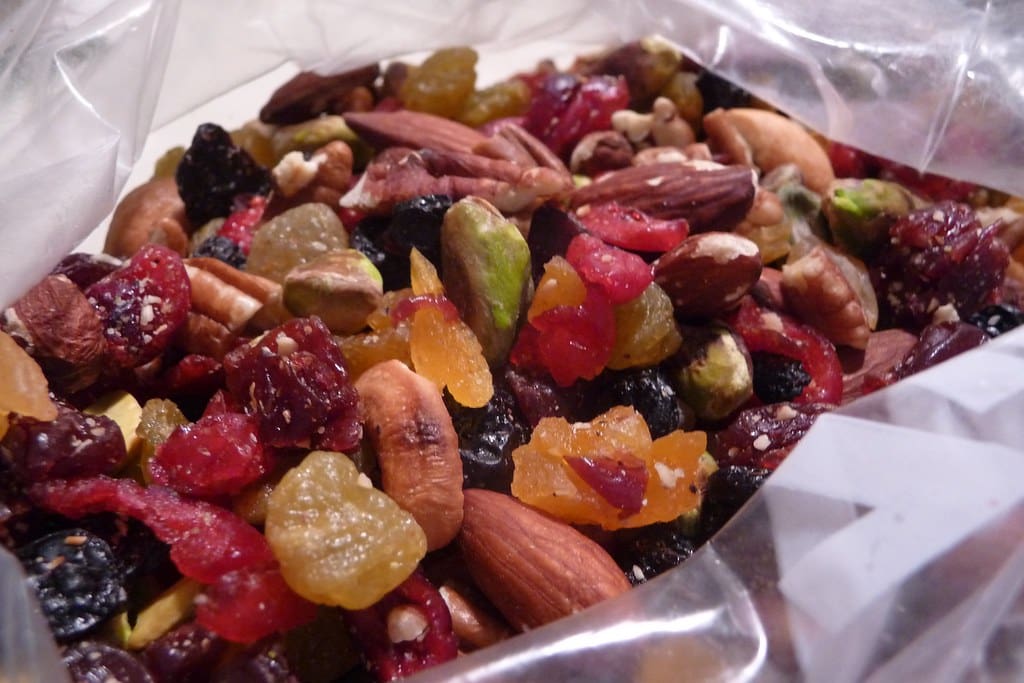
Most store combinations are full of unnecessary sugars and fats. Mix your trail mix with your favorite nuts, seeds, and raisins. If you want to add chocolate, go with dark. Raisins are high in sugar, so you want to limit them. Another good additive is unsweetened coconut flakes. Nuts have healthy fats, but still watch your portions to limit calories.
12. Try a Tofu Dessert
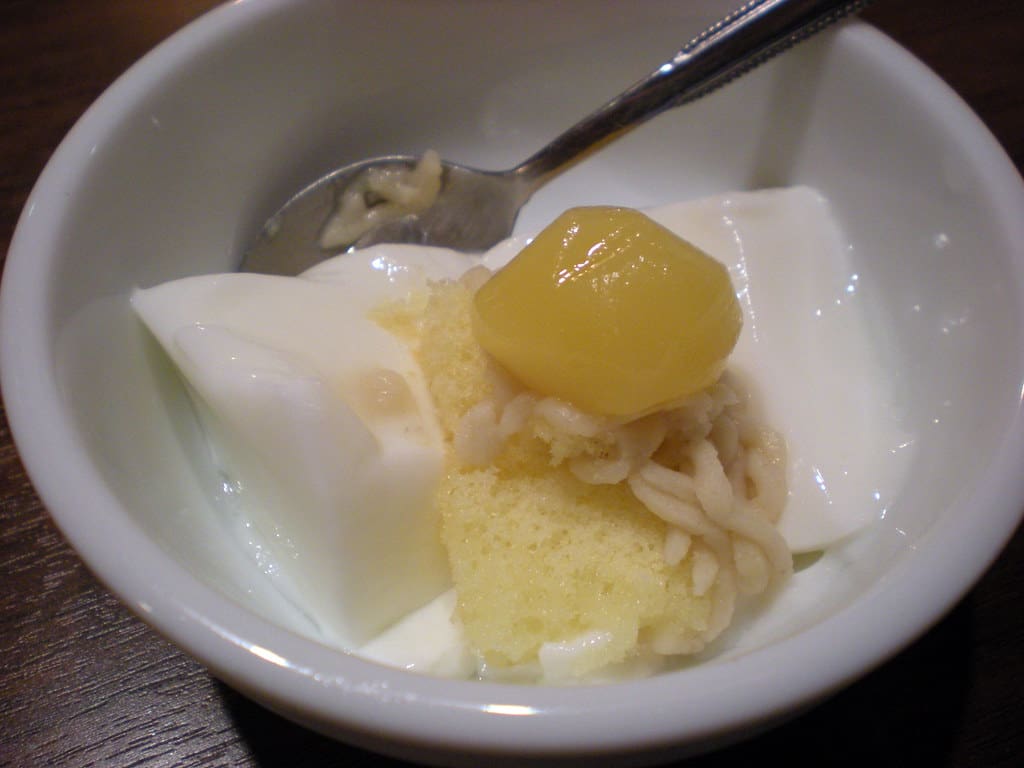
Try a tofu dessert. Tofu provides 8 grams of protein per 100 grams. Make your own or purchase already prepared. Some brands offer various flavors such as banana, peach-mango, and coconut-almond. They make a great side or snack. If you miss chocolate, drizzle a tiny bit of chocolate syrup on top. You can also add warm fruit.
11. Cook with Nut Butter
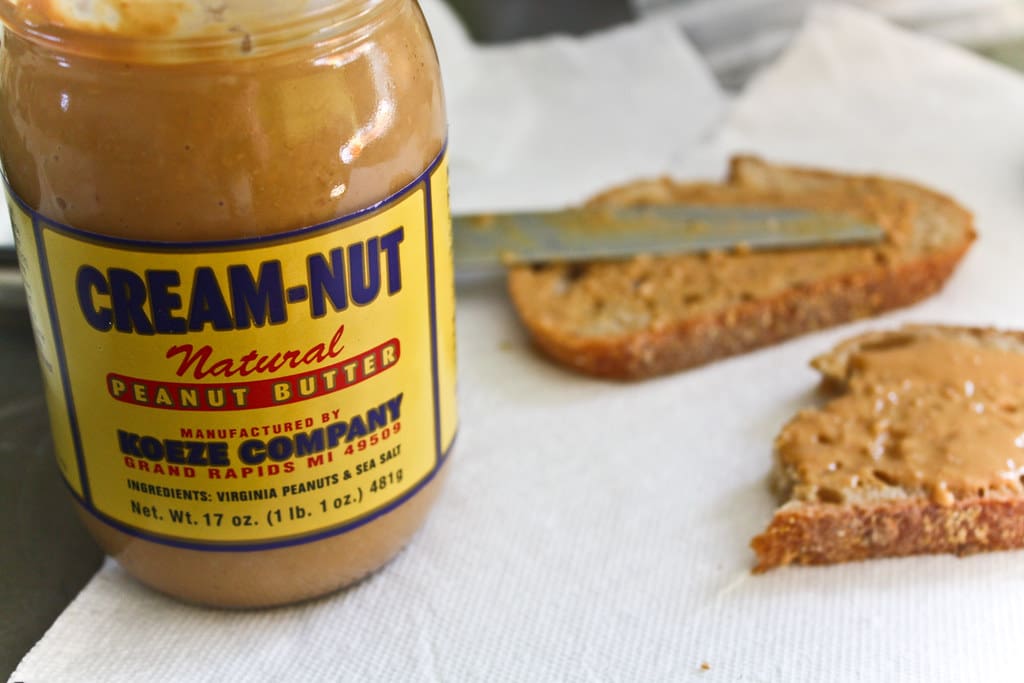
If you cook with oils, such as with stir-fries and other recipes, skip the olive oil and try natural peanut butter instead. Natural peanut butter has just two ingredients: peanuts and peanut oil. Make sure to select unsalted. You can also make an excellent dressing using natural peanut butter, soy sauce, rice vinegar, and cilantro.
10. Make Snacks With Cheese or Nut Butter
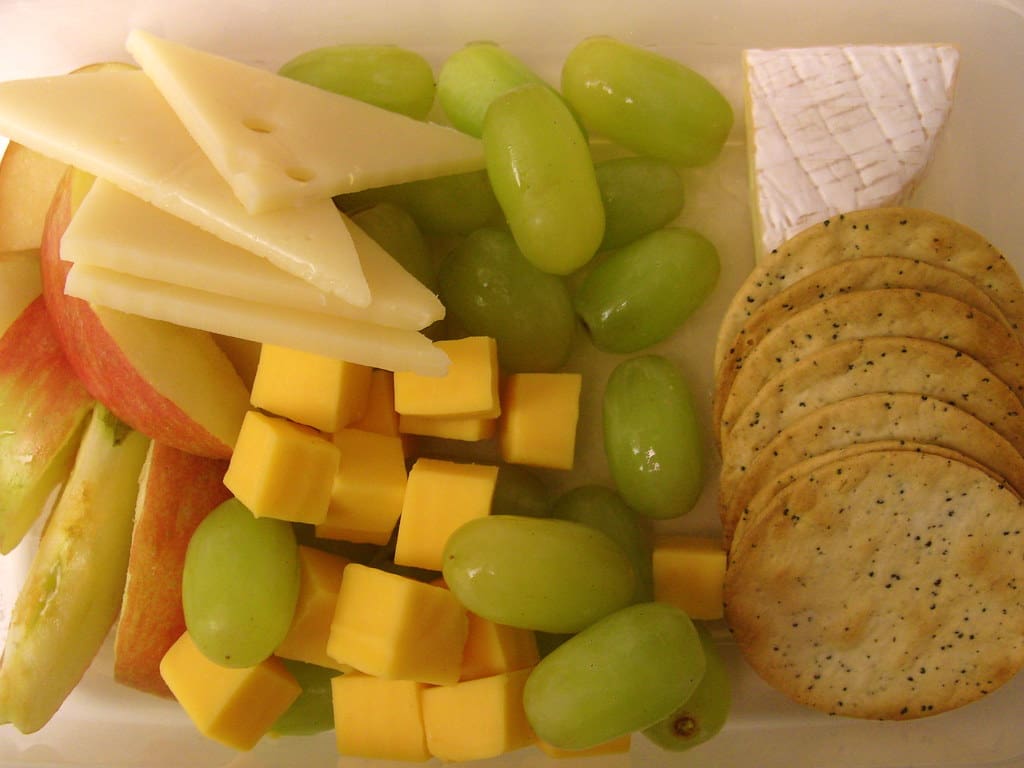
For a quick snack with protein, top some crackers with cheese or any nut butter. You don’t have to limit yourself to peanut butter. You can find sunflower, almond, walnut, cashew, and mixed nut butter fairly easily. Remember to limit your portions to avoid consuming too many carbohydrates and fats. You might consider low-carb crackers or use veggies.
9. Have a Bowl of Meatballs
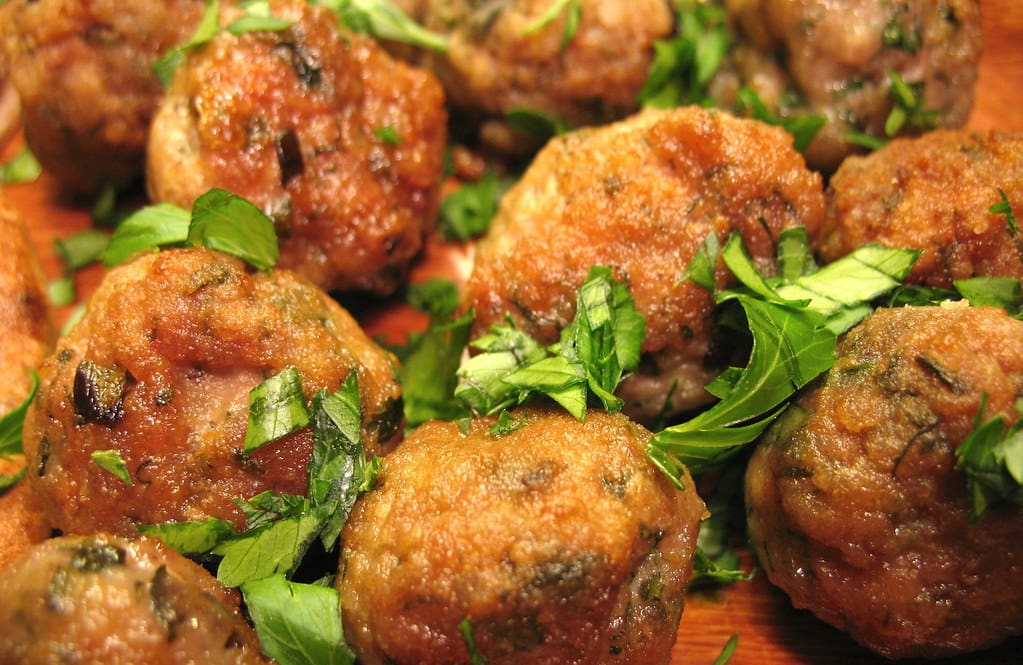
Skip the pasta and simply have a bowl of meatballs. You can use extra-lean ground beef or turkey and any seasoning style. For Italian flavor, you can combine it with some Italian sausage and top it with your favorite pasta sauce. You can also find many preprepared frozen meatballs, including organic, gluten-free, grass-fed, turkey, and Angus varieties.
8. Add Egg Whites to Your Dishes
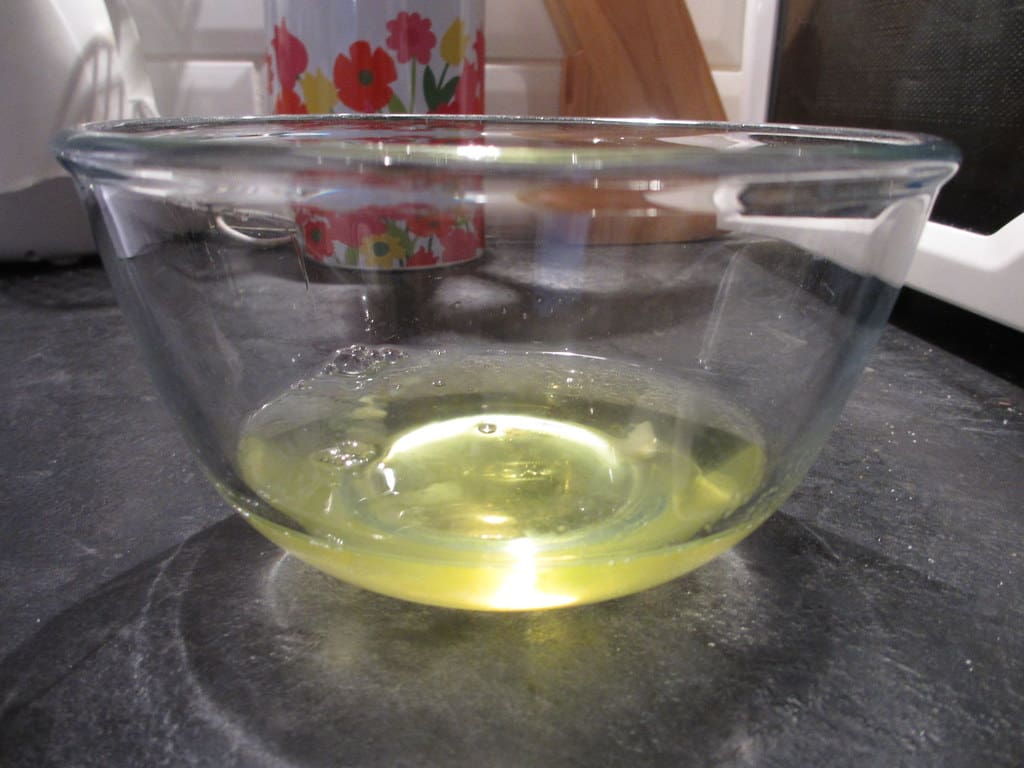
Adding cooked, scrambled egg whites to your dishes can give you a protein boost. Whites from one large egg contains four grams of protein and no cholesterol. You can stir them into oatmeal and place them on pancakes, in a burrito, or in a sandwich, soup, or salad. Avoid consuming raw egg whites to reduce the risk of salmonella.
7. Eat More Whole Grains
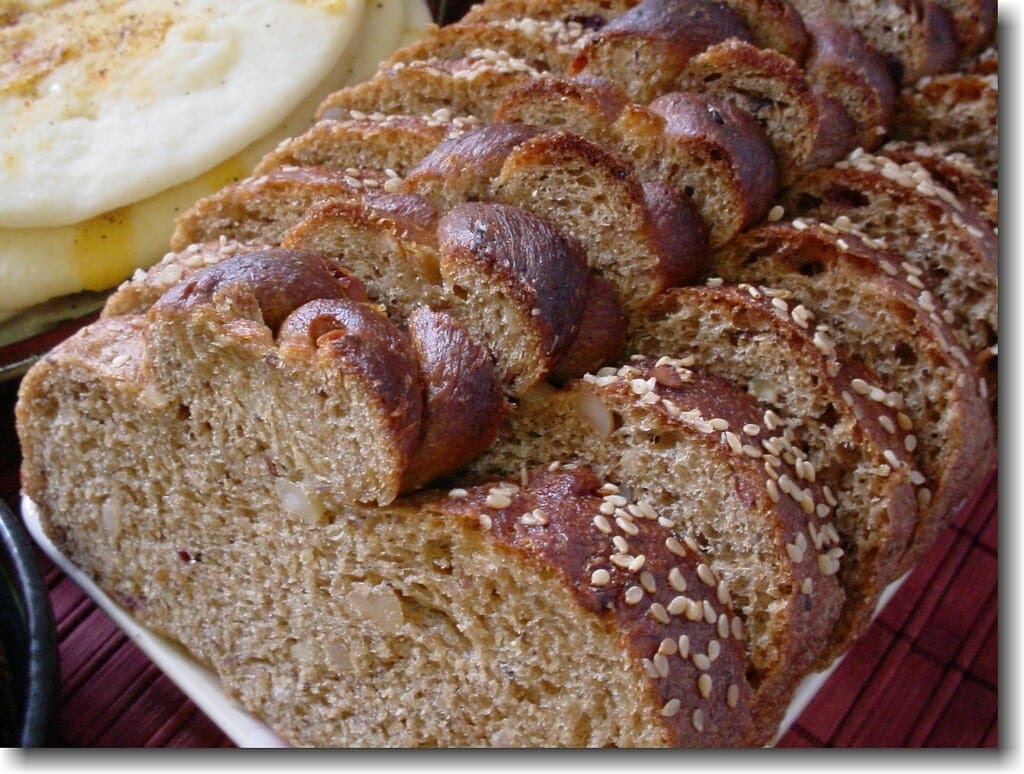
With the bread, flour, and pasta you consume, choose the whole grain options instead. Multigrain bread is a better choice than white or whole wheat. One slice of multigrain bread contains 5 grams of protein. Examples of whole grains are wheat, corn, oats, and brown rice. Wheat berries are an excellent substitute for all-purpose flour.
6. Consume More Cottage Cheese

Low-fat cottage cheese is an excellent source of healthy protein, providing 25 grams per cup. It makes an excellent breakfast that you can top with fresh fruit such as bananas, strawberries, or pineapple. You can also add seeds or nuts. Cottage cheese is an excellent side dish with any meal.
5. Increase Your Fish Consumption
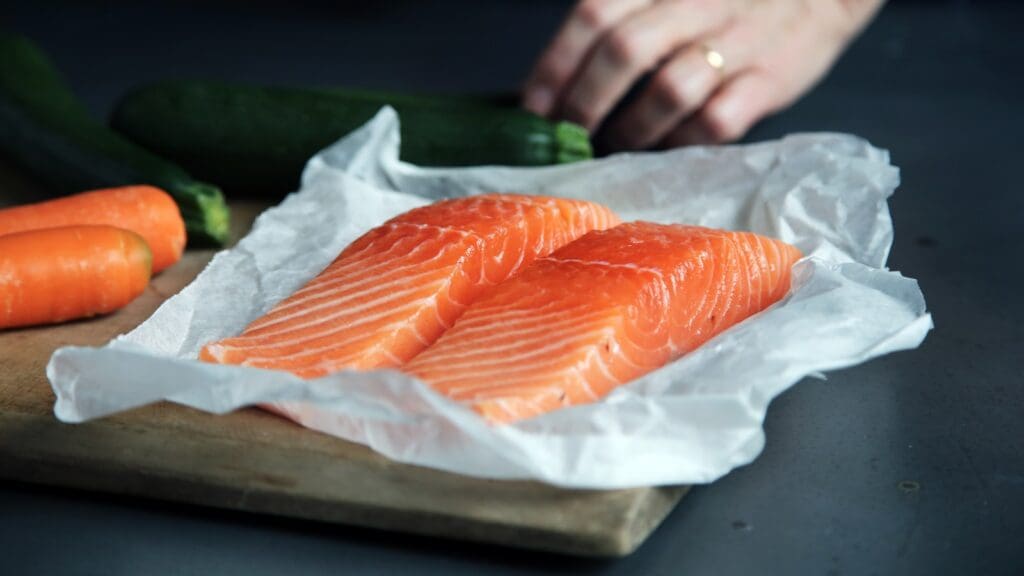
Fish, particularly oily fish, not only is high in protein, but it also contains essential omega-3 fatty acids that your body needs. One of the best choices is salmon, which provides 23 grams of protein per four-ounce serving. You can cook a few servings of salmon in advance and refrigerate it. Canned sardines are also an excellent choice.
Read More: 10 Metabolism-Boosting Foods to Add to Your Diet
4. Add Some Fish on the Side
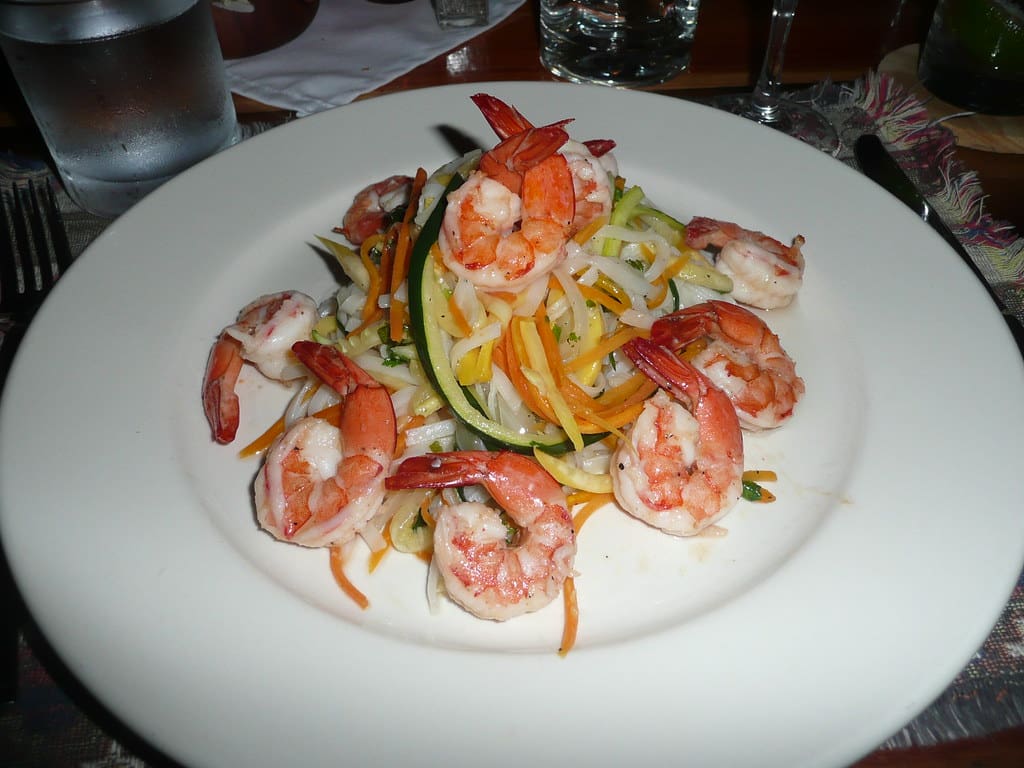
Another way to add some high-quality, low-fat protein to your diet is to have some fish on the side. This way, you can reduce your other portions of, say, red meat and supplement it with a side dish of fish. Good options are salmon, halibut, scallops, and shrimp. Canned sardines are also an excellent choice.
Read More: 20 Tips to Eat Less Meat
3. Keep Protein Powder Handy
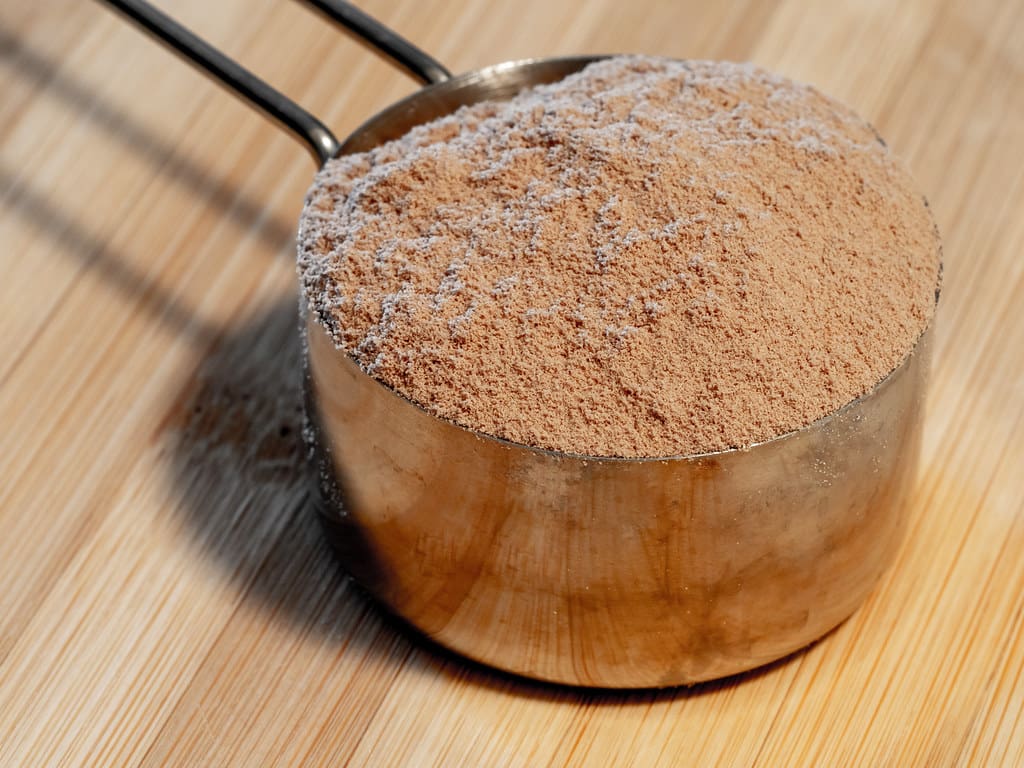
Protein powder is easy to find at your supermarket or pharmacy chain. It’s great for adding additional protein to drinks, shakes, soups, stews, and desserts. Go the extra mile by putting some in a Ziploc bag that you keep with you so you can add protein to your meals and snacks when you’re on the go.
Read More: 10 Foods That Contain More Protein Than an Egg
2. Snack on string cheese
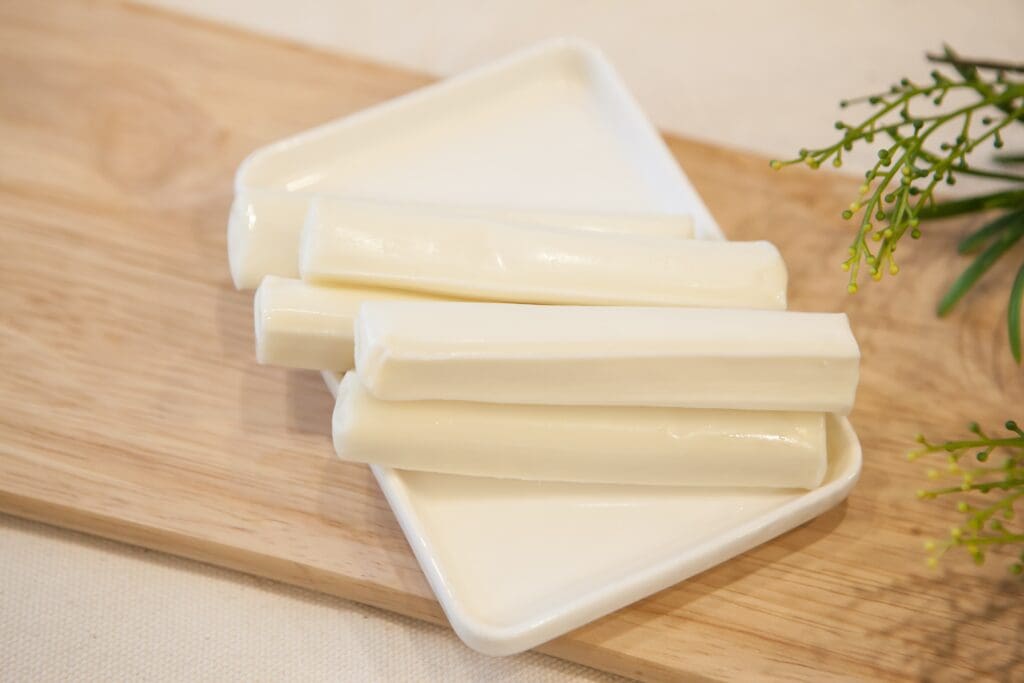
String cheese isn’t just for kids. Part-skim mozzarella cheese sticks provide 7 grams of protein per serving, plus some essential calcium. That’s more protein than an egg, or a serving of almonds, or hummus. They are super easy to take with you and make an excellent snack on the go.
Read More: 10 Foods You Didn’t Know Were Keto-Friendly
1. Sprinkle on Nutritional Yeast
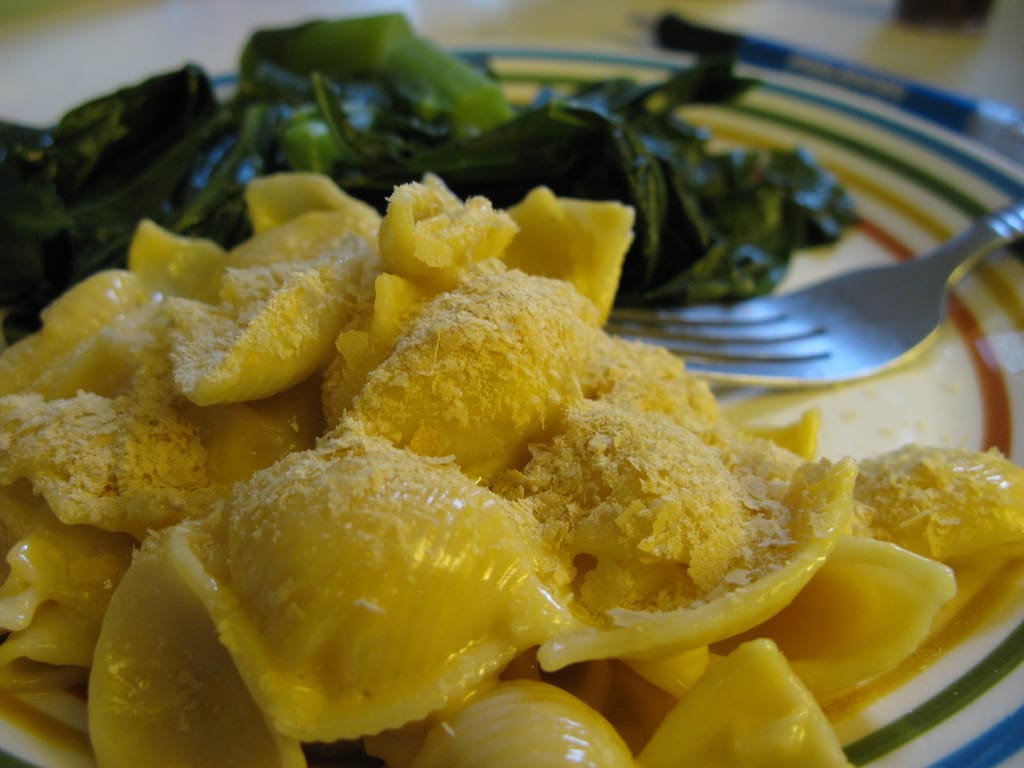
One of the best-kept secrets of vegetarians and vegans is nutritional yeast. Just one and a half tablespoons of this flaky seasoning contains 8 grams of protein. It’s also a great source of B vitamins. Nutritional yeast has a cheesy flavor. You can sprinkle this seasoning on practically anything, from scrambled eggs to salad to pasta dishes.
Read More: Top 10 Healthy Snacks for Busy People

